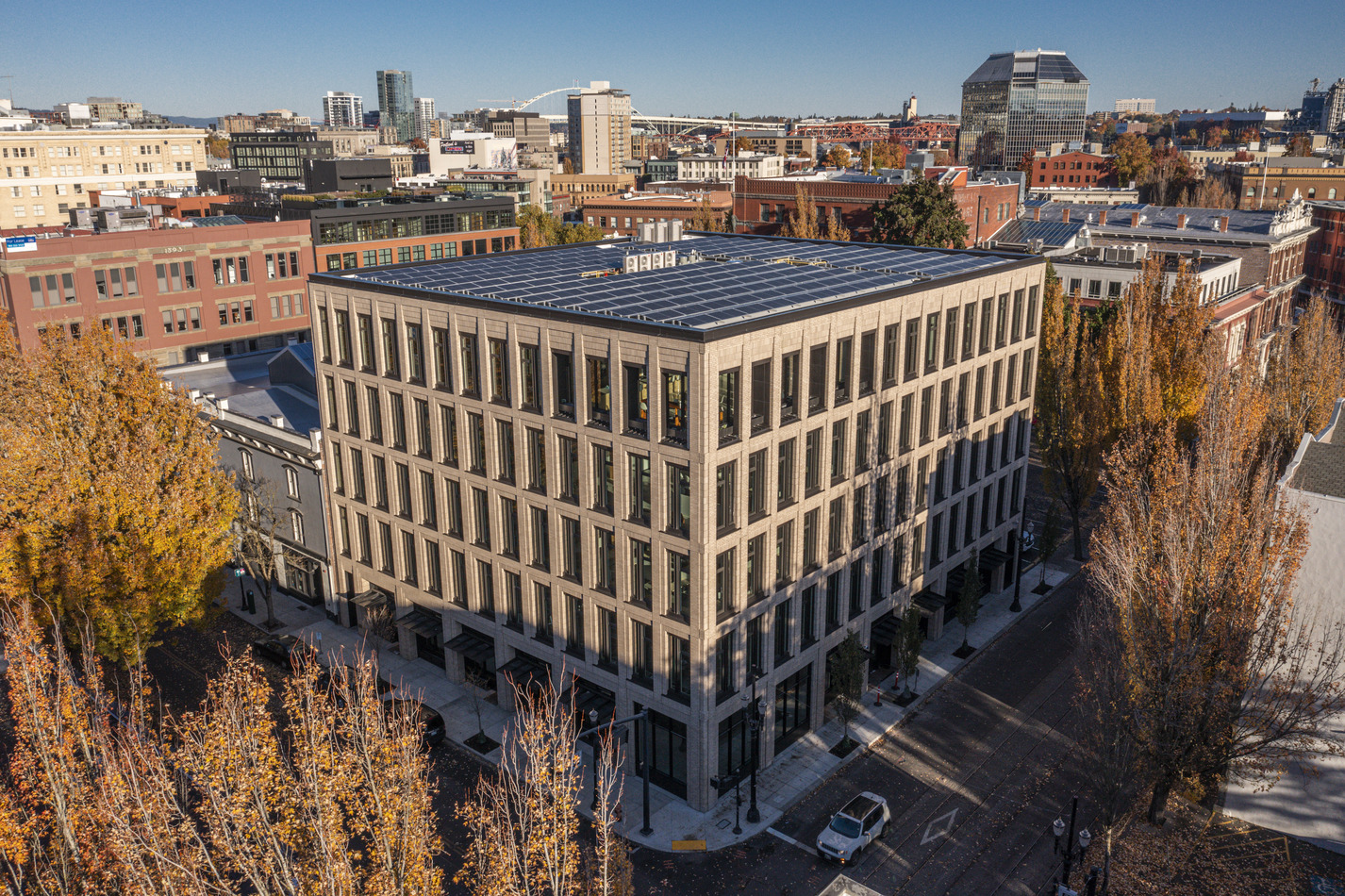Pushing the Boundaries of Smart Building Innovation
Continued Advancement of the PAE Living Building
Purpose: Designed to Redefine What’s Possible
The PAE Living Building is a living testament to what inspired engineering can achieve. Built to meet the rigorous Living Building Challenge, it produces more energy than it consumes, collects rainwater for 100% of its needs, and prioritizes occupant health. From the start, our mission was clear: prove that high-performance sustainability is practical, replicable, and financially viable.
Smart Systems That Think and Adapt
When it opened, the PAE Living Building set a new benchmark for smart building technology. Advanced metering tracks energy use by circuit, enabling precise optimization of all our building loads. A microgrid manages solar power, battery storage, and grid independence, allowing the building to export energy and operate autonomously when needed. A Building Automation System manages our HVAC equipment including automatic windows to passively heat and cool the space. An intelligent lighting system that responds to daylight and occupancy and provides insight and control into every fixture in the building. These systems bring regenerative design to life, demonstrating that smart building technologies can deliver lasting performance and autonomy, not just in theory, but in the everyday operations of commercial spaces.
Innovation That Moves Forward
This year, through our internal R&D program, we launched a collaborative research initiative with the Linux Foundation, Coalition for Smarter Buildings (C4SB), Skycentrics, Padi, and Onuma to further explore the capabilities of the PAE Living Building. Together, we’re piloting an open platform that enables seamless communication across building systems—solar, battery, HVAC, water heating—optimizing energy use in real time.
Across the industry, momentum is shifting away from closed, proprietary systems. Our approach is open and adaptable, building on protocols like OpenADR to enable dynamic, two-way communication between utilities and buildings. With dedicated R&D funding, the PAE Living Building serves as a testbed for interoperable smart platforms—designed not just for experimentation, but for replication.
The project is on track to meet its primary goals by spring, advancing the next generation of smart building technology from concept to reality.
A Living Testbed for the Future
The PAE Living Building was never meant to be a one-off. Every system was designed to be scalable and cost-effective, proving that high-performance buildings can meet modern tenant needs without traditional infrastructure. This next phase of research builds on that foundation. By developing open, adaptable platforms for smart building systems, we’re extending the building’s original mission of replicability. Our goal is not just to innovate for ourselves, but to share what we learn with others. We want the solutions we develop to be accessible to other buildings, solutions that don’t require custom engineering or proprietary systems to succeed.
While the technology is still experimental, our building provides an ideal environment to test and refine these systems. Every insight we gain contributes to a broader understanding of how buildings can actively support a resilient and decarbonized grid, with the goal of advancing regenerative design from concept to reality.
Collaboration That Drives Change
This journey is powered by collaboration. By working with leading organizations across technology, architecture, and energy, we’re building a foundation for smarter buildings everywhere. Ultimately, our goal is to collaboratively shape a future where buildings actively support a decarbonized grid.



